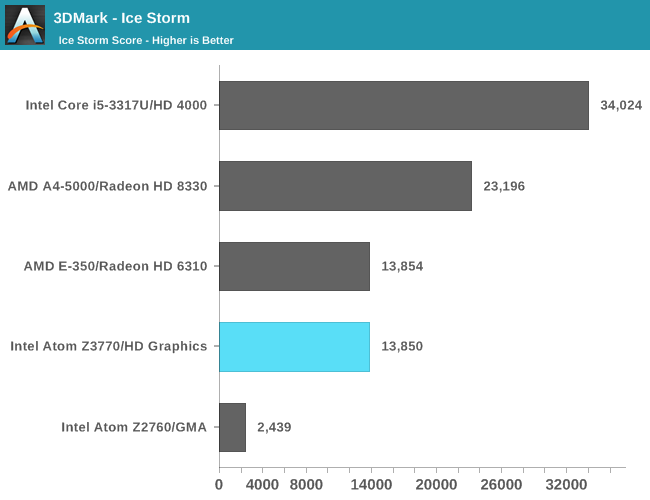Just look at the beating Nvidia is taking with Tegra. iGPU is not enough to drive customers towards Nvidia solution, why should it work for AMD? The main issue for AMD, far more critical than the performance of the core (assuming they don't pull another bulldozer from their hat) is not what the IP they have, but the IP they haven't. SATAe, modem, wireless radio, ring bus, security, just to name a few. Licensing tech from others alleviate this issue but doesn't solve it.
Leading edge graphics performance doesn't seem to be as important in smartphones as one would think. Good enough, or simply better, for more expensive phones, seems to be all that's needed. That, and the big players are already set with preferred vendors, so their only chance is small players and they are too expensive then, IIRC.
My understanding from the out of court settlement between AMD and Intel is, among other things, and extensive cross license. iGPU hasn't been a main differentiator for anyone so far. If AMD can leverage it's GPU technology to make a solid entry level gaming machine (something not accomplished yet) - I think they will have a market opportunity with some OEMs. I don't have a crystal ball, so I don't know if they can manage this, but a new uArch and what may be a solid 14nm node @ GF means that there is some hope.
Please note, I like to root for AMD just like I root for other underdogs (tech, sports, whatever). I still have some fondness for the company that created the K7 and introduced 64 bit technology in the K8. find it enjoyable to hold out some hope. That said, I wouldn't invest a dime in AMD. Some like to play ups and downs to turn some coin, but I'm a longer term investor and wouldn't touch it.
If I looked at AMD with my skeptical investor squint eyes - I'd consider the company a lost cause.







